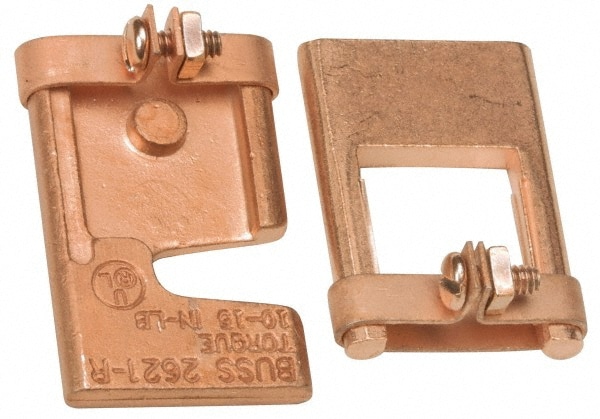krussell@scs-usa.com
Member
So I have a fused disconnect on a piece of equipment. Lets say it is fused for 60 amps.
If it is a .... 150 amp disconnect. Do you size for the fuses, or for the disconnect ?
I think you size for the fuses, but I had someone say they were sizing for the full disconnect potential (the total 150) even though the fuses prevent the load.
(these are hypothetical fuse sizes and disconnect sizes, but you get the point)
If it is a .... 150 amp disconnect. Do you size for the fuses, or for the disconnect ?
I think you size for the fuses, but I had someone say they were sizing for the full disconnect potential (the total 150) even though the fuses prevent the load.
(these are hypothetical fuse sizes and disconnect sizes, but you get the point)



